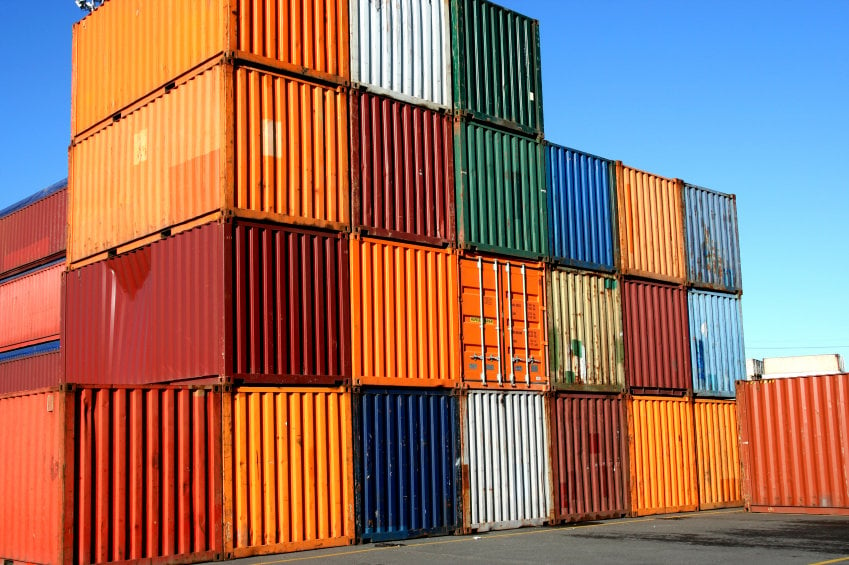Ocean freight is one of the biggest costs for importers today, and it’s not exactly getting any cheaper. Ocean freight cost has been and is steadily increasing, which makes it hold a bigger and bigger piece of importers’ overall expenses. For this reason, it is critical to know how to calculate the shipping cost. It is so important to provide the most complete information to your transportation partner when requesting a quote, in order to get the most accurate ocean freight cost.

Origin/Destination:
The most basic required information is to know where the cargo needs to be picked up and where it needs to be delivered. Pay attention to your agreement with your supplier, and find out what exactly your supplier is responsible for. Are they only loading the container, and it needs to be picked up from the factory/warehouse or are they delivering the container to the closest port?
Equipment/Container Size:
The most commonly used containers are 20 ft, 40 ft and 40 ft high cube. Your supplier can provide this information according to the amount of goods you have ordered,or you can check with your forwarder.
Transit Time:
Inform your forwarder if you need a fast service or not. Some carriers have longer transit time with better rates, and significant cost savings can be made if your shipment is not time sensitive.
Merchandise Ready Date:
This is also very important information to have. Ocean freight rates are seasonal and change frequently. Even if you don’t have an exact date, provide an estimate.
Customs Clearance:
Customs clearance needs to be done at the destination country according to country regulations. Ask your forwarder if they provide that service. If not, find a broker and request a separate rate from them.
Charges at Destination:
As each country has their own regulations, just as each port has different charges. Find out if there are any additional charges at the port of destination.
Door Delivery:
If you need to deliver the container to a specific address, provide the full address to your forwarder to get an exact door delivery rate. Try to determine how long it would take to unload the container at final destination. This could prove to be an extra cost, as most truckers give 2 hours free time then charge by the hour after that.
Commodity:
Always inform your forwarder about the product that you are shipping. If it’s a hazardous shipment, it requires special permits to carry the cargo.
In order to know the market, you have to do your research. Contact several freight forwarders for rates, to get a good idea of the current rate level and whether or not your current transportation partner is providing you with competitive rates. This doesn’t mean that you base your decision on who provides the lowest rates, many other factors are important when choosing service providers. You can read more about those in my colleague Onur’s article from earlier this year: http://morethan.mtstechnyc.com/10-tips-on-how-to-choose-a-freight-forwarder/
You can ask for references if you are considering working with a new forwarder. A freight forwarder that has slightly higher rates, but excellent references can serve you better than one that provides low rates but takes 3 days to respond to your emails or return your call.




